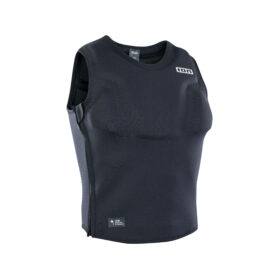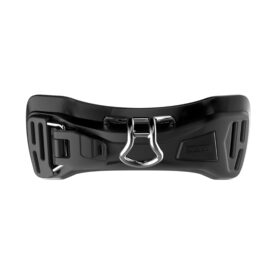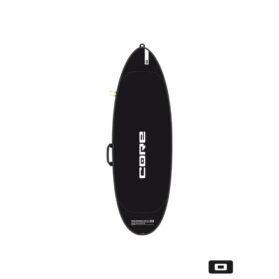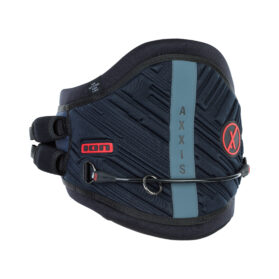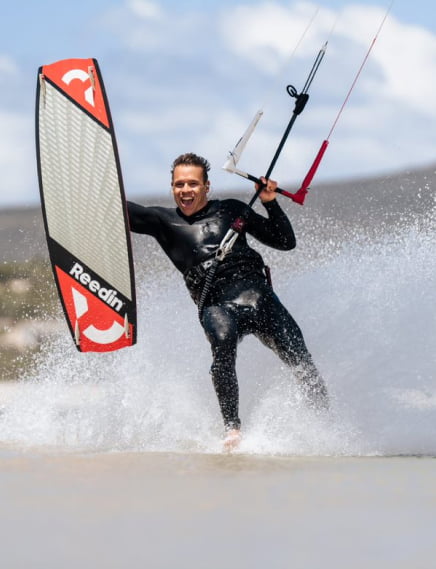Thinking about getting into paddleboarding? Great news, it’s easier (and cheaper) than you think to buy your first stand up paddle board. Irresistible sunshine, flock of seagulls flying beside you, a SUP boat cutting through the waves… could there be a more perfect summer activity than SUPing? We think not. And we bet you’re feeling compelled to join in on the fun too.
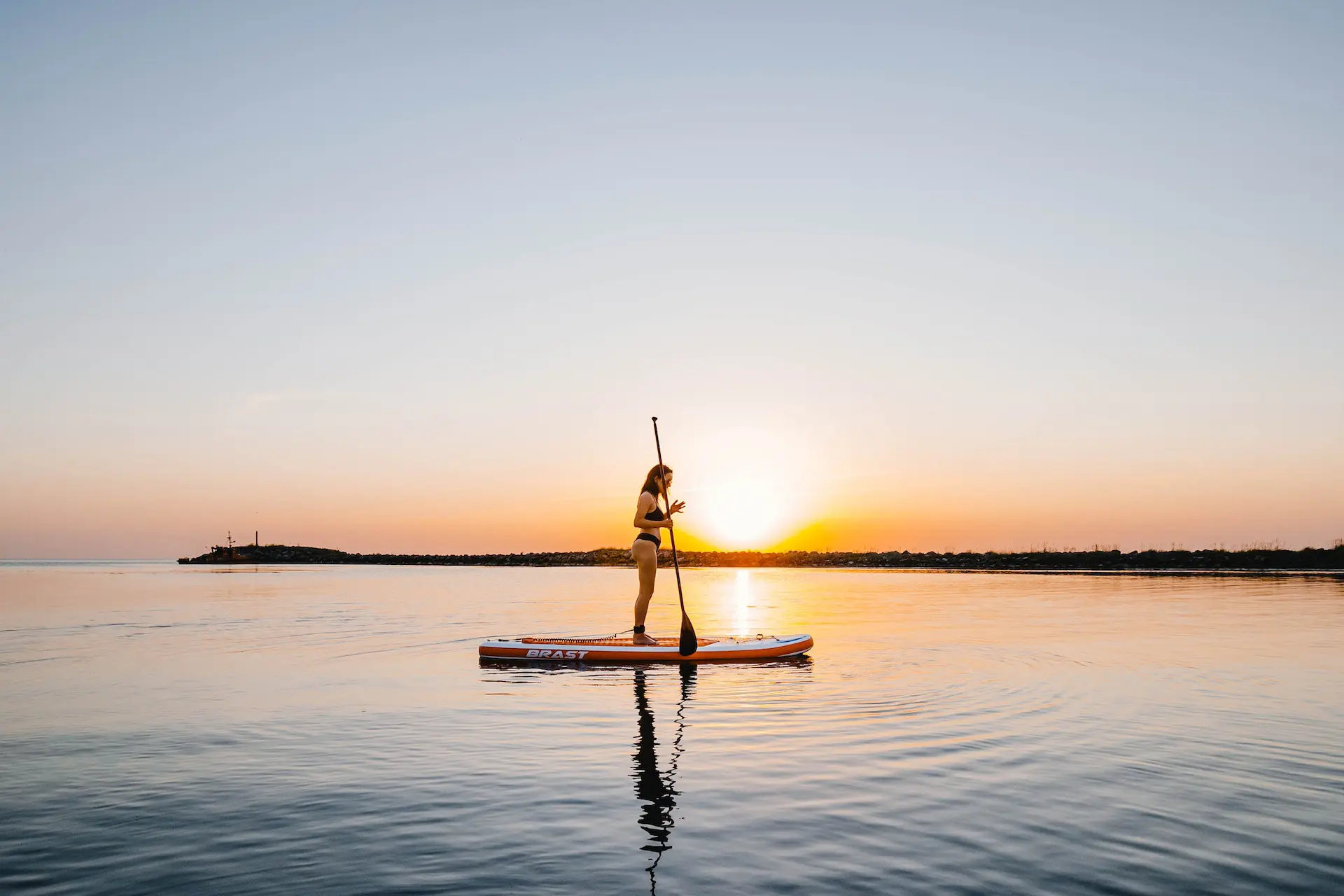
Purchasing your first stand up paddle board (SUP) can be a daunting task. With all the different shapes, sizes, and materials on the market, it’s hard to know where to even begin! In this blog post, we’ll break down the basics of SUPs so you can make an informed decision when you purchase your first board.
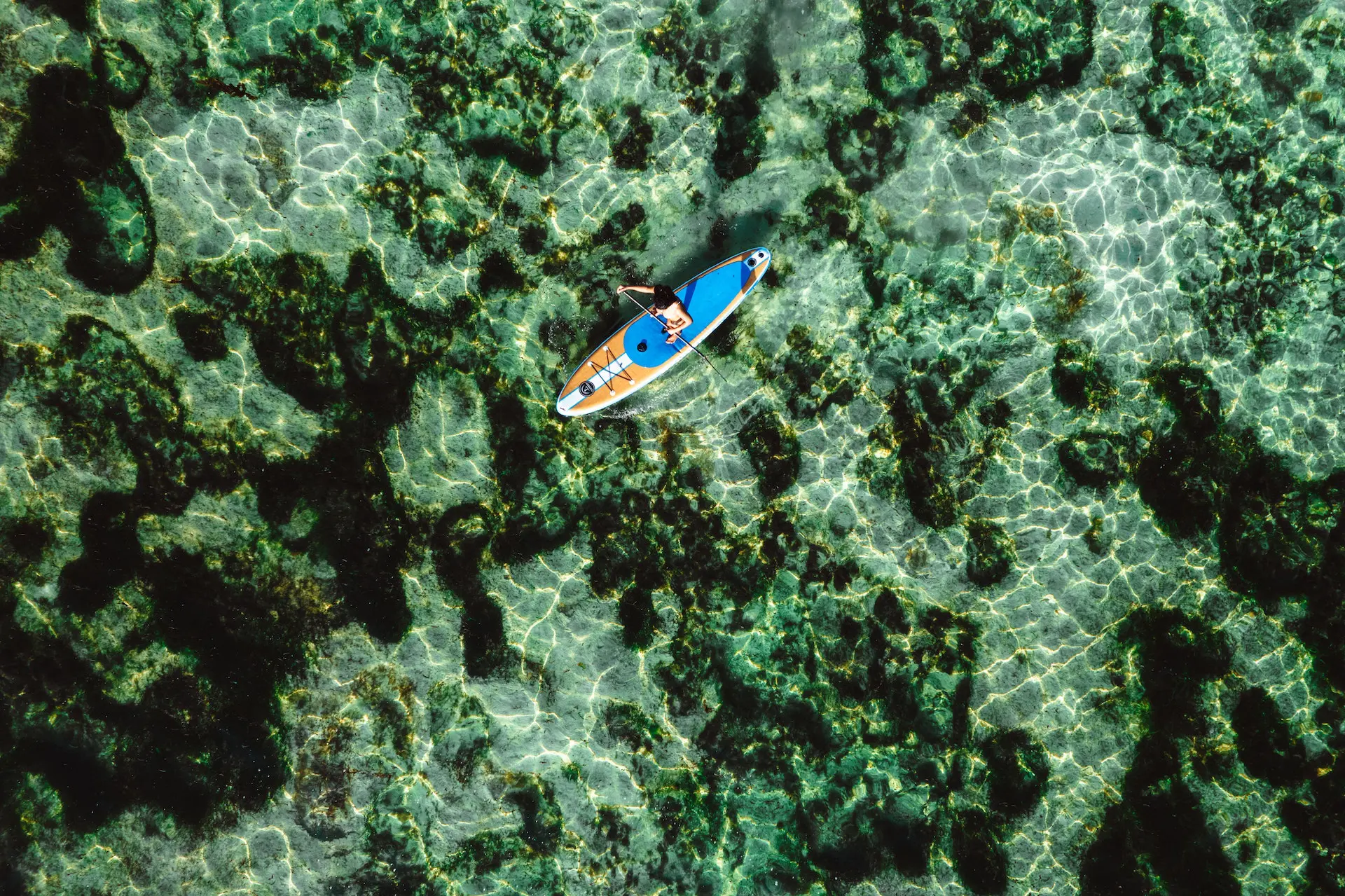
Size and Weight
This is one of the most important factors to consider when purchasing your first stand up paddle board. You’ll want to make sure you get a board that’s the right length and width for your height and weight. Generally speaking, the longer and wider the board, the more stable it will be. However, if you’re on the smaller side, you may find a shorter board easier to manoeuvre. If you’re unsure about what size board to get, err on the side of caution and go with a larger one. You can always cut it down to size if need be!
Shape
The shape of your SUP will also play a role in its stability. Most beginner boards have a rounded nose and square tail, which makes them nice and stable in flat water conditions. If you’ll be doing mostly flatwater paddling, this is the shape for you. However, if you’re interested in surfing or racing, you’ll want a board with more of a pointy nose and V-shaped tail. These boards are less stable but much faster in the water.
Material
SUPs are usually made out of one of two materials: fiberglass or inflatable plastic. Fiberglass boards are generally lighter and harder to damage than inflatable ones, but they’re also more expensive. Inflatable boards are heavier and take longer to set up, but they’re more affordable and easier to transport. If you’re not sure which material is right for you, talk to us at Infinity Sport Kitesurfing and we will be able to help you out!
What Kind of Stand up paddle board Board Should I Buy?
The kind of SUP board you buy depends on two main factors: your skill level and what kind of paddling you want to do. If you’re just getting started, we recommend opting for an all-around board. All-around boards are versatile and can be used in a variety of conditions, which makes them ideal for beginners. They are also typically shorter and wider than other boards, which makes them more stable. If you know you want to focus on one specific kind of paddling (like racing or surfing, for example), then you can buy a board that is specific to that discipline. But if you’re just starting out, we recommend sticking to an all-around board so you can get a feel for what kind of paddling you like best.
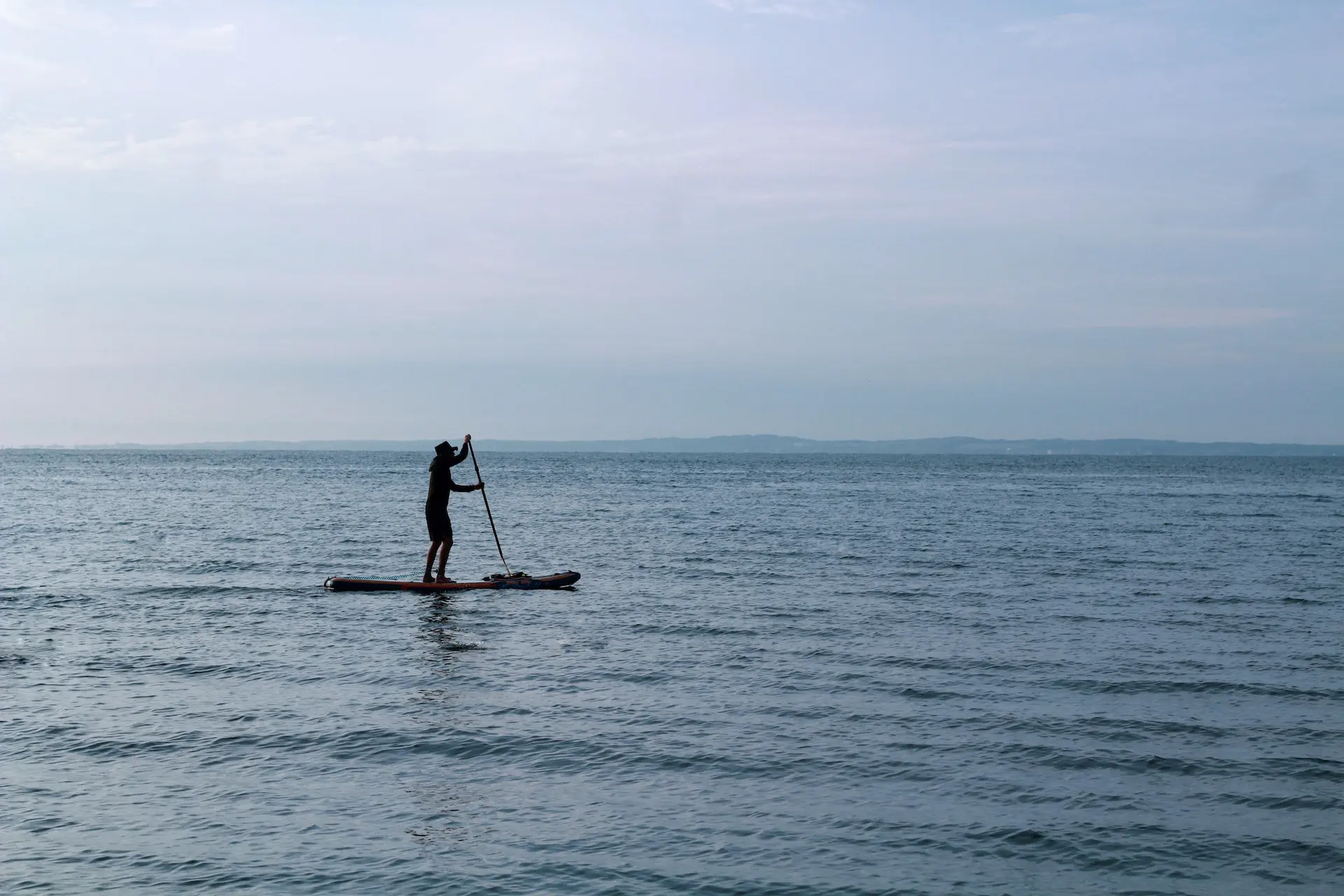
Do I Need a Paddle?
Yes! You need a paddle to propel yourself through the water. When choosing a paddle, there are three main things to keep in mind: height, blade size, and shaft type. The height of the paddle should be proportional to your height—if you’re taller, you need a longer paddle; if you’re shorter, you need a shorter paddle. As for blade size, general rule of thumb is that the larger the surface area of the blade, the easier it will be to paddle; however, large blades also require more energy to move through the water, so it’s a tradeoff.
Wait… Do I Need a PFD Too?
Yes! A PFD (personal floatation device) is an absolute must when paddling—it could save your life in case of an emergency! That said, not all PFDs are created equal and some are better suited for paddling than others. For example, touring PFDs have extra pockets for storage so they can come in handy if you’re going on a long trip; however, they can be bulky and uncomfortable in hot weather because they cover such a large area of your body. On the other hand vest-style PFDs don’t have any extra pockets but they’re lighter weight and more comfortable in warm weather—plus they give your arms more range of motion which can be important when paddling. Ultimately, it comes down to personal preference so we recommend trying out a few different types before settling on one.
Conclusion
Buying your first stand up paddle board doesn’t have to be difficult! Just keep these three factors in mind—size and weight, shape, and material—and you’ll be on your way to finding the perfect board for your needs in no time.
Happy paddling!


